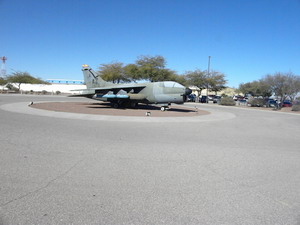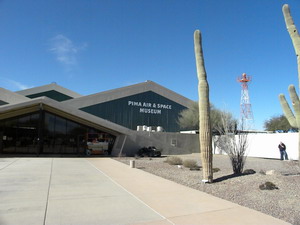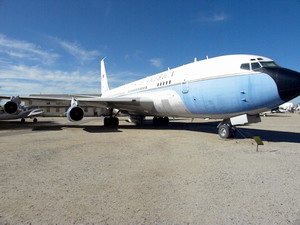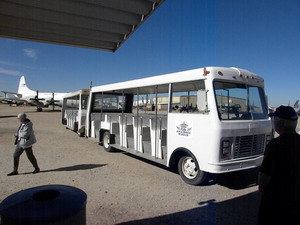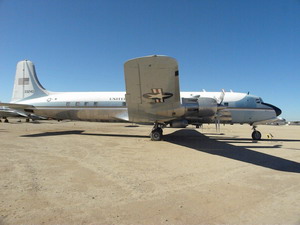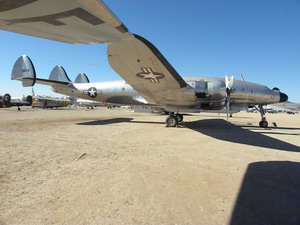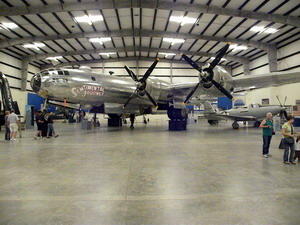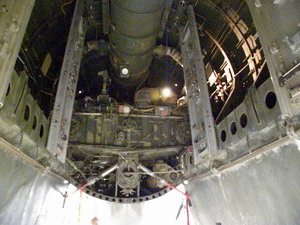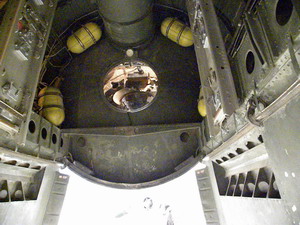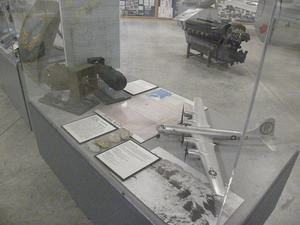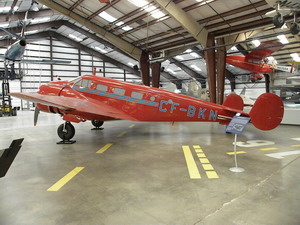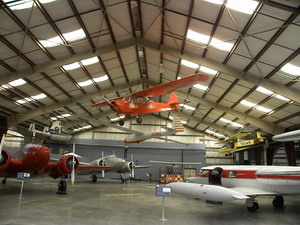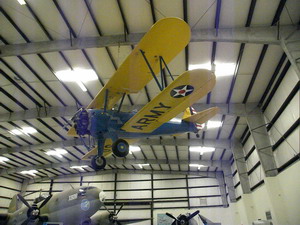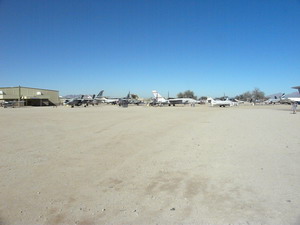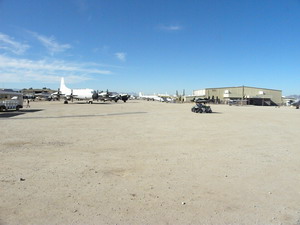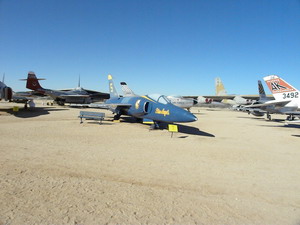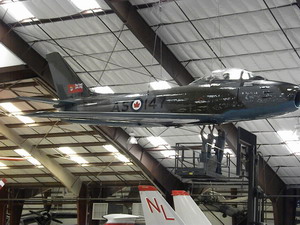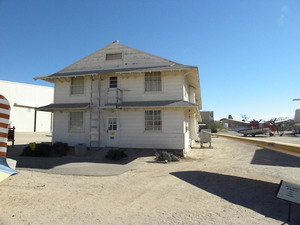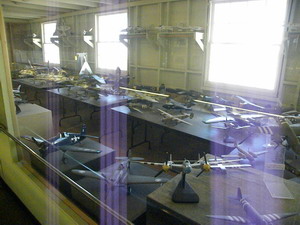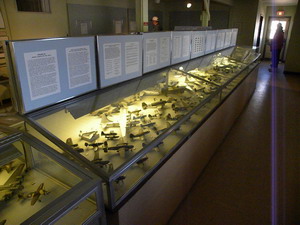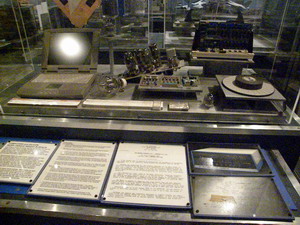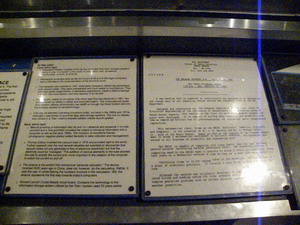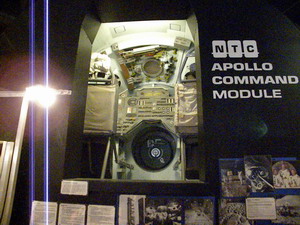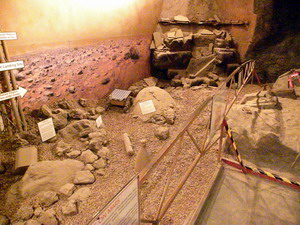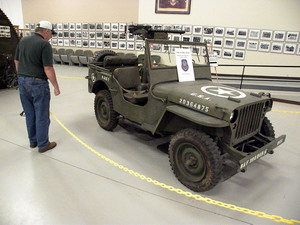Tuesday, January 18th, 2011
What a day! Bob and I jumped in Red Roscoe as Josie calls our red truck and headed out at 8:55 AM. We landed back home at 4:35 PM and put 340 kilometres on Red Roscoe. We went to Tucson and back.
We visited the Pima Air & Space Museum that is the third largest Air Museum in the United States. It has over 300 aircraft on display both around the yard and in five hangers. This is not the aircraft parking lot with 4200 aircraft. That one is still controlled by the Air Force and one needs photo identification like a passport or at least a drivers license in order to visit. We, being Canadians, would likely need the passport.
One could not improve on this experience today. If one is interested in aircraft this is the one to visit. The Air Force would never give the tour we received.
This is an Arizona Air National Guard machine parked at the entrance to the museum before one gets to the main registration office.
This is the registration office where one gets their ticket and a stamp on the hand. The stamp washed off very easy
This is the Boeing 707 that was back-up Air Force One for both President's Kennedy and Johnson. Neither flew in it but everyone named it Freedom One. Do you remember Ken Taylor who was the Canadian Ambassador in Iran that hid the Americans in 1980? He risked his own life and Canadian reputation doing so. This is the aircraft that flew those six Americans home after they had been held in the Canadian Embassy for quite some time. This aircraft also lifted some more Americans out of another hot spot that unfortunately we no longer remember where or when.
This is the shuttle that took us around the field and this is what made the day very special. We had a retired former Air Force pilot driving this vehicle and describing each aircraft. He would stop and give us a detailed description of each aircraft down to and including the nick name the crews had given it. Where the aircraft were used and what use was made of them. In most cases the number that were manufactured and who manufactured them. One cannot remember two percent of the detail but the description was excellent.
This is the Douglas DC6 Air Force One used by both President Kennedy and Johnson. They both seemed to enjoy this aircraft more than the Boeing 707 Air Force One. This one could take them in and out of fields the 707 was too large to use.
This is the Super Constellation Air Force One used by President Eisenhower. It would have been Air Force One had that terminology been in use at the time. President Eisenhower had used these aircraft when Allied Commander during the war, liked them and kept this one for his use as president.
This is a B29 Super Fortress. This one had received war damage because one could tell from the rivets used in patching the plane as shown by one of the old time repair men.
This is looking up into the bomb bay towards the front of the aircraft.
This is looking up into the bomb bay towards the tail of the aircraft.
This is a model of the Enola Gay and the two atomic bombs, Fat Man and Little Boy that were dropped on Japan ending World War II. The Enola Gay was a B29 and is held in Washington, D.C.
This is a Beech 18 with Canadian Registration CF-BKN. The Canadian Air Force used these machines and called them an Expeditor. The Royal Canadian Mounted Police also used these machines and the Department of Transport had several when we operated the aeradio stations. They were a popular aircraft for several years after World War II.
The little red aircraft hanging from the ceiling is a Taylorcraft Grasshopper. They were much the same as the Piper Super Cub.
This is an Army Stearman Biplane hanging from the ceiling. The Army used these before World War II.
These are two photographs of the aircraft parked around the yard.
This is one of the former Navy Blue Angels aircraft. The Blue Angels are a precision flying team similar to the Canadian Snowbirds and a number of other precision flying teams used in exhibitions. The Royal Air Force team is the Red Arrows.
Those working in the museum were excited about this aircraft. They were hanging it as we walked in and had been hoping to get it there for some time. It is a Canadian built F86 Sabre so popular during the Korean War. Note the old Canadian flag on the tail and the maple leaf in the roundel.
This is a former World War II barrack building cut in two and moved to the site and set up as it was during the war.
The interior of the barrack building is filled with models and this is some of the collection.
This display is a computer server built in 1946. We trust those interested will be able to read what is typewritten.
We are getting more modern. This is the cockpit of the Apollo Space Shuttle.
This is a photograph of a lunar landscape.
No Bob, the 1943 Jeep is not for sale.
After we landed home we spent the evening putting this report together. We have walked all we are going to today and the dumpster trip will have to wait until tomorrow.
A wonderful day and if you like aircraft the place to visit.

